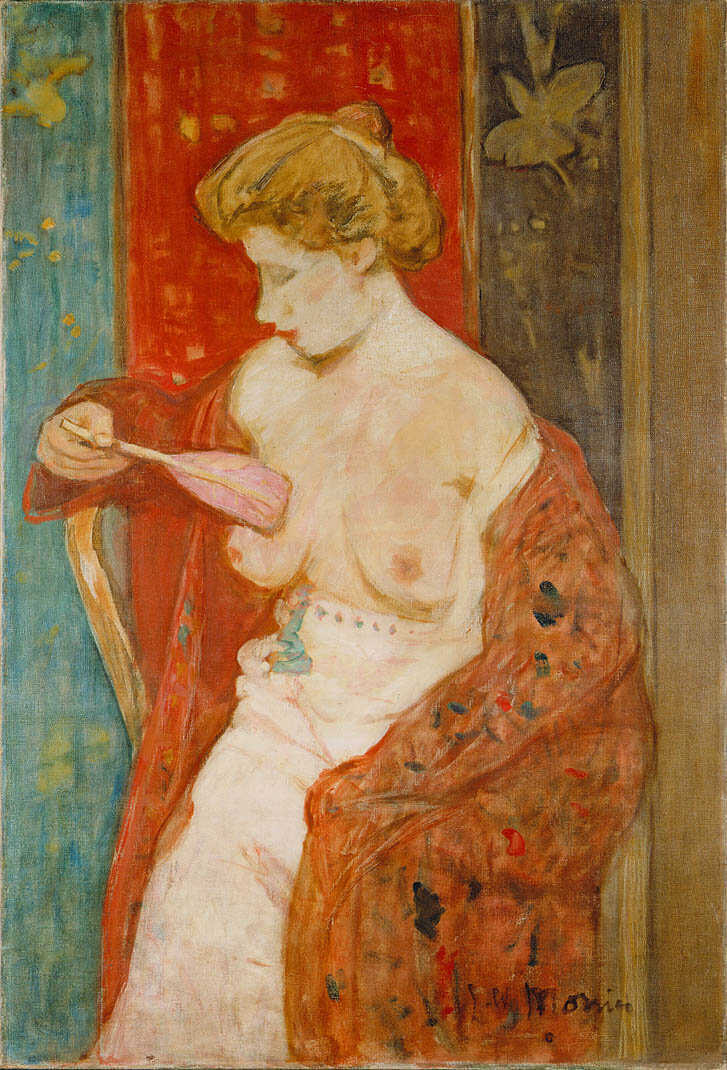
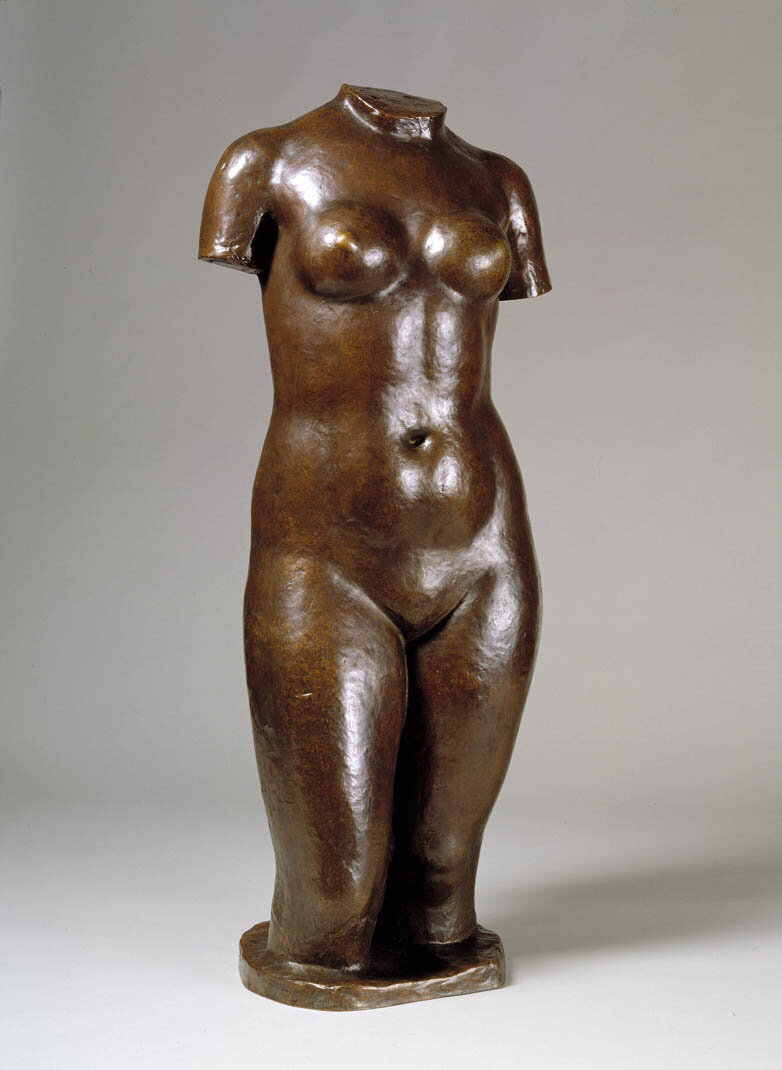
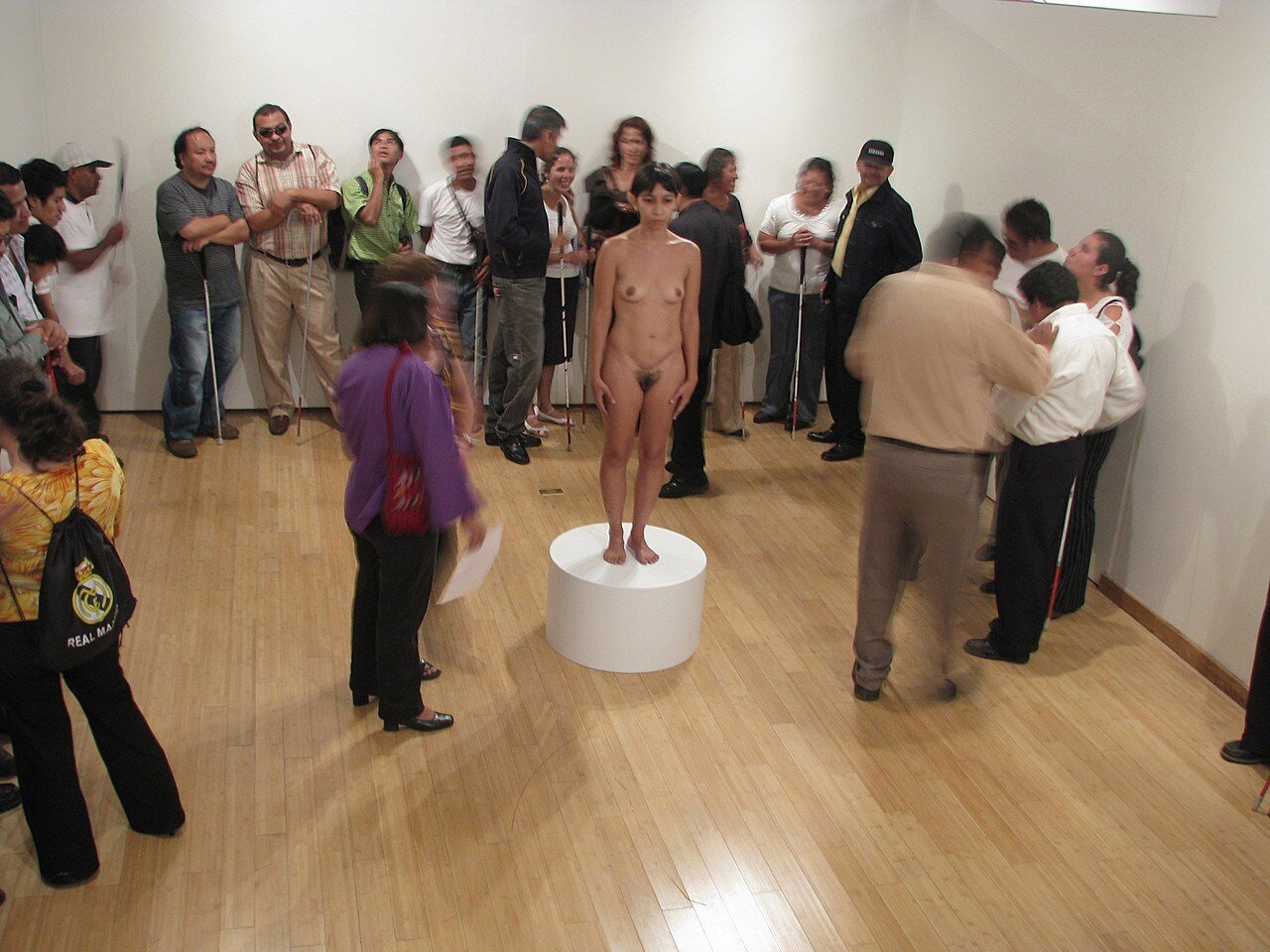
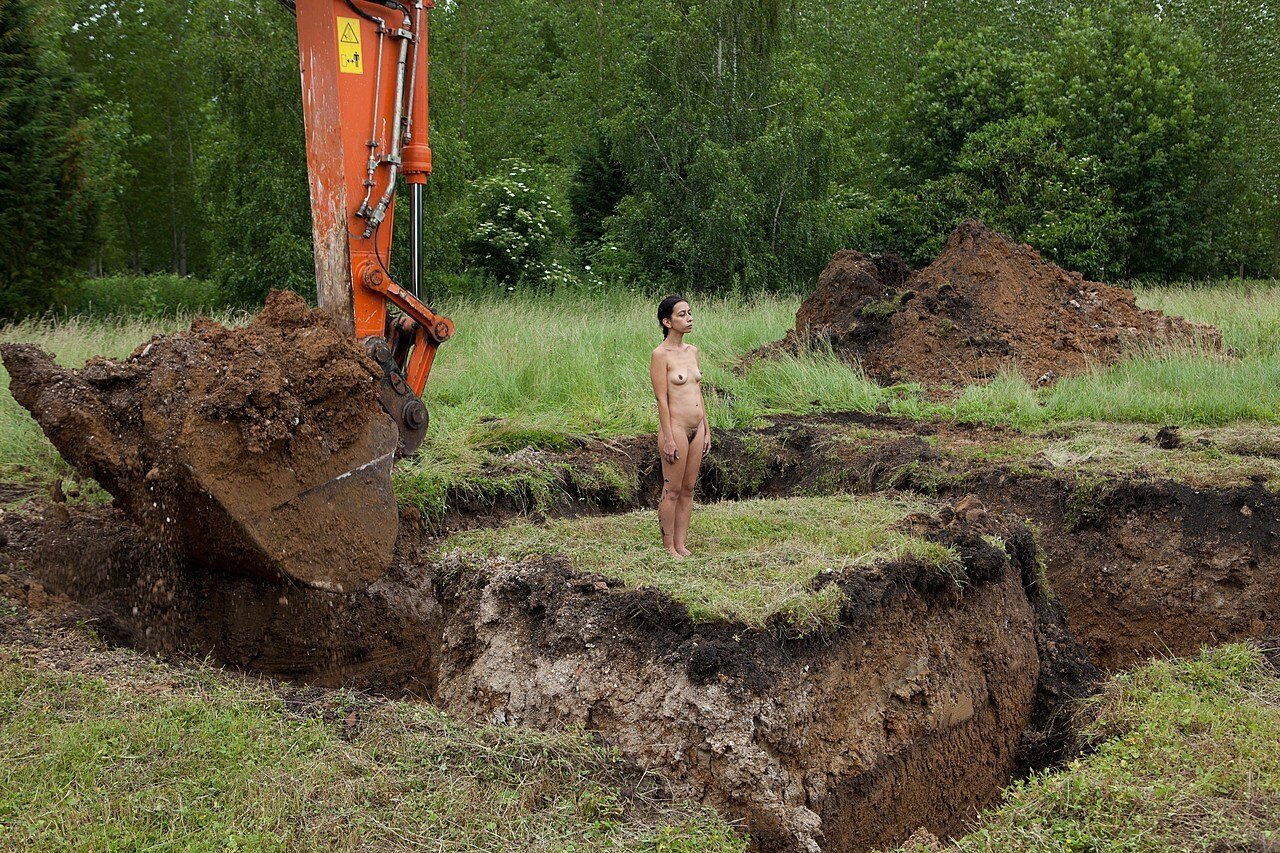
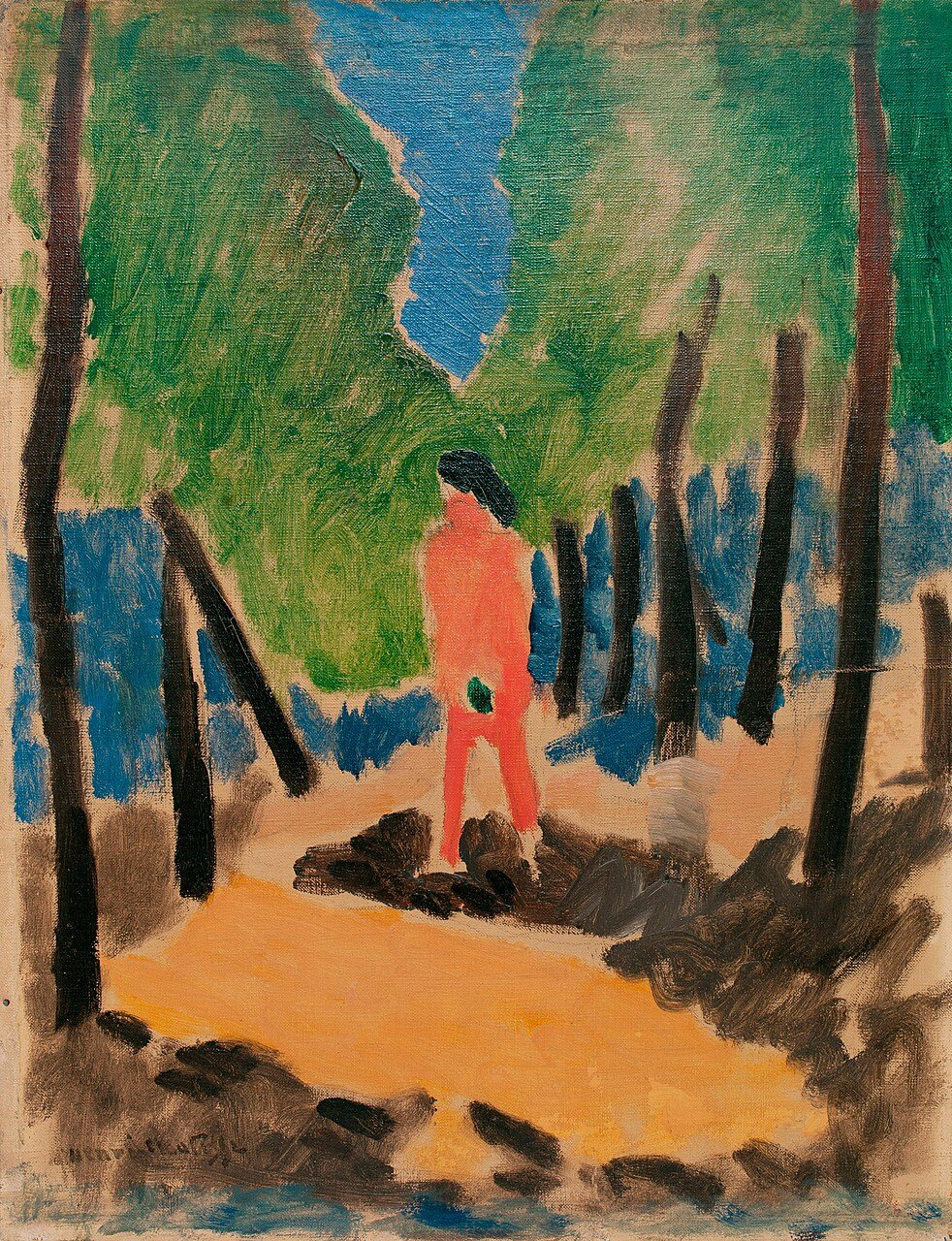
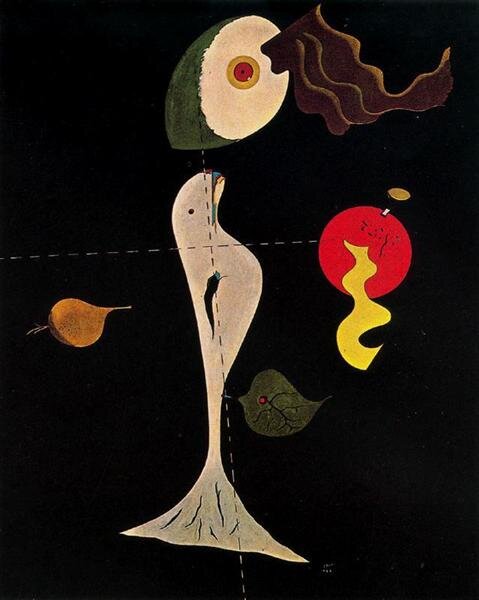
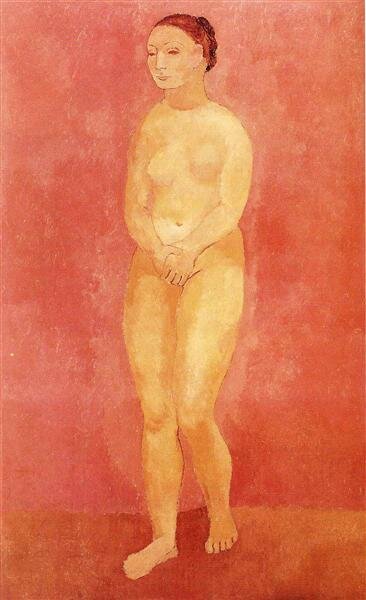
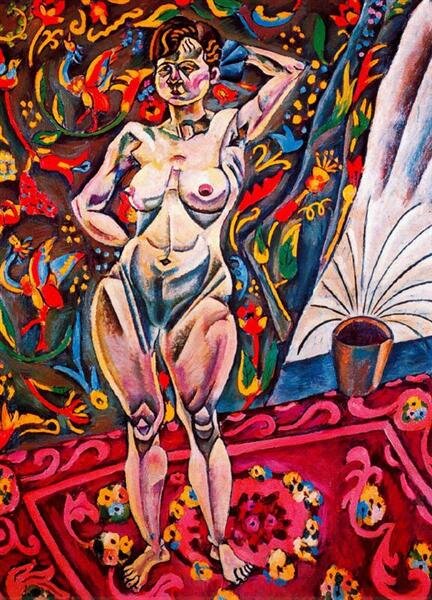
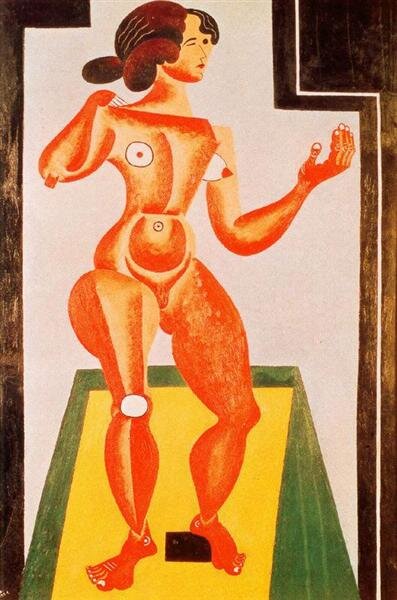
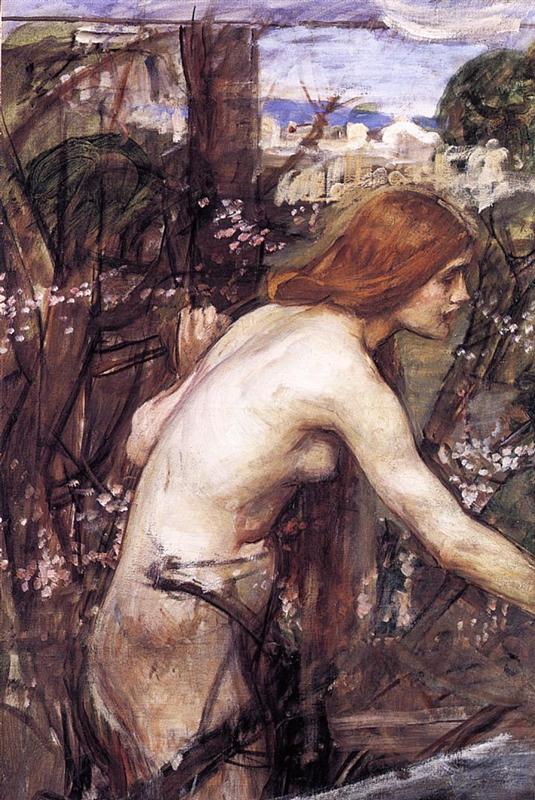
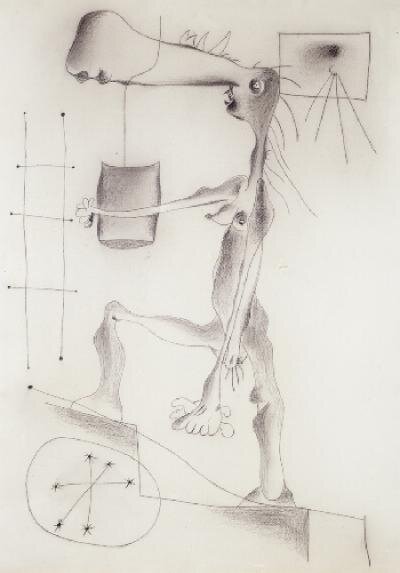
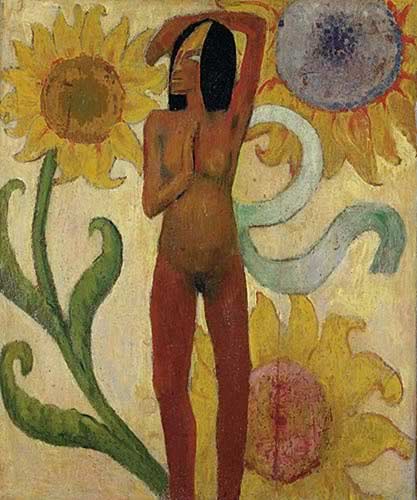
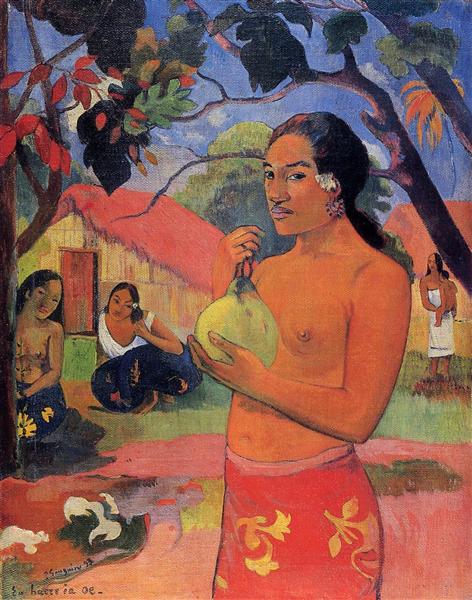
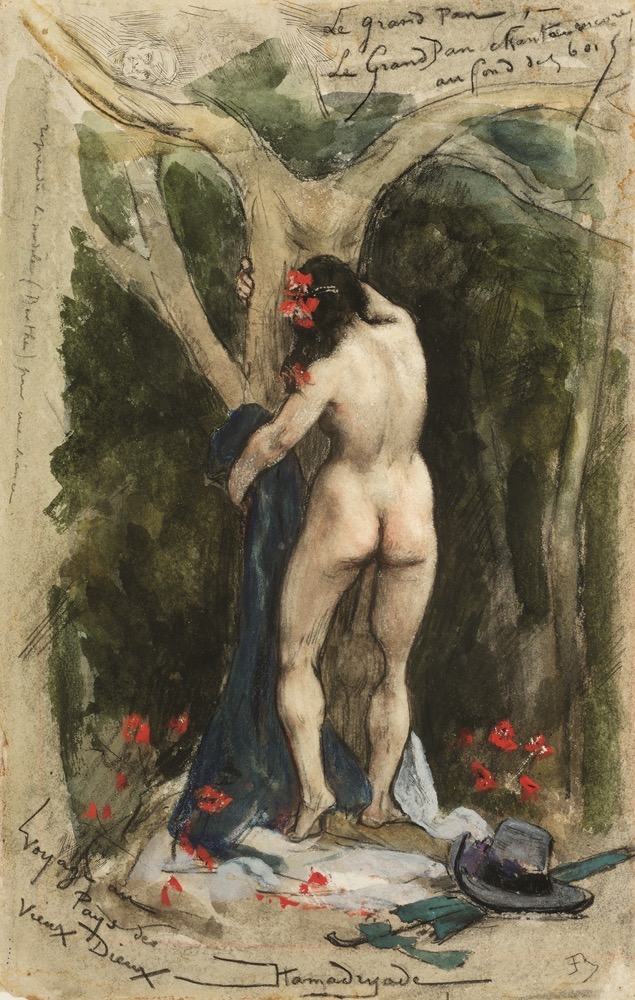
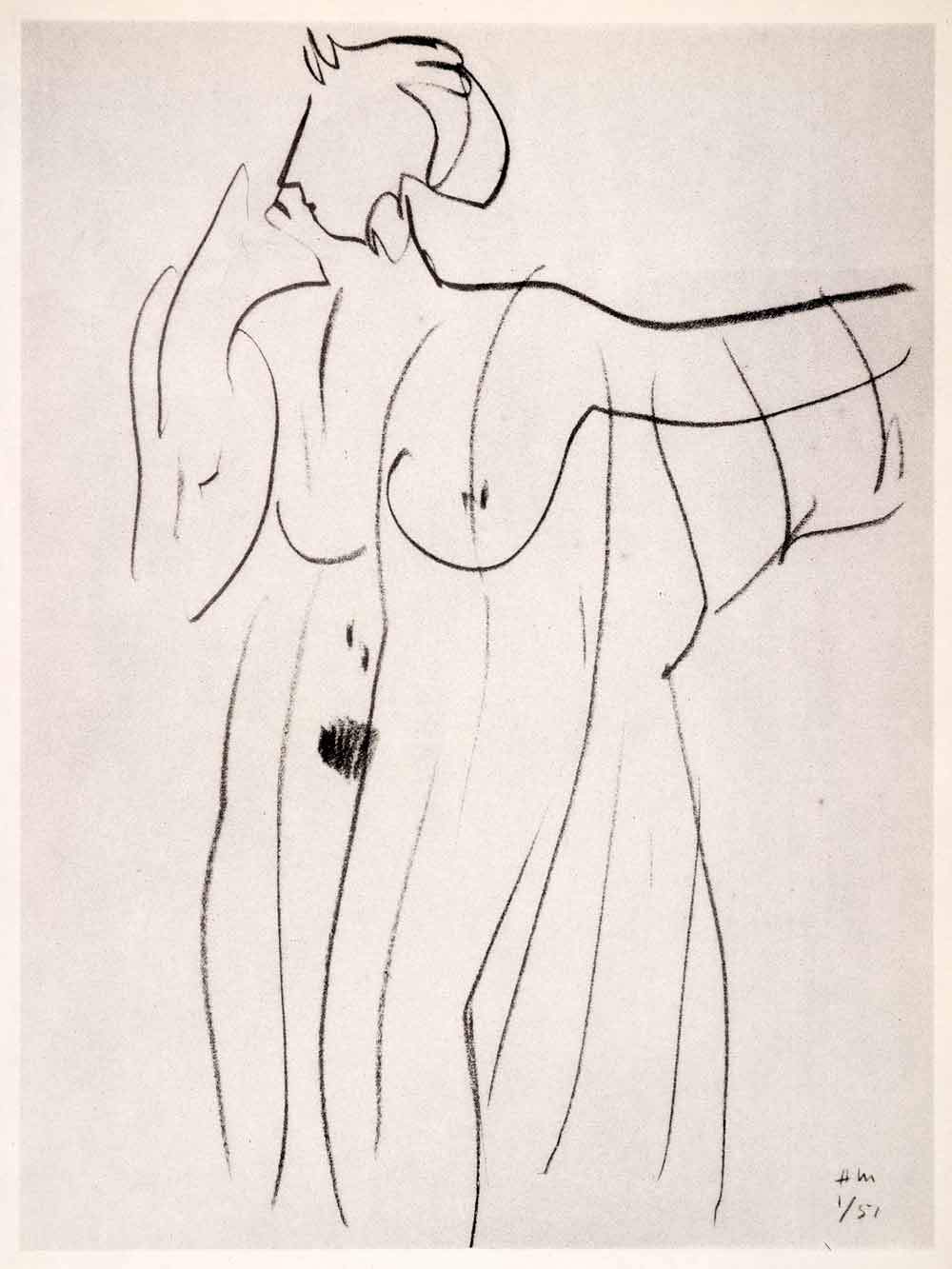
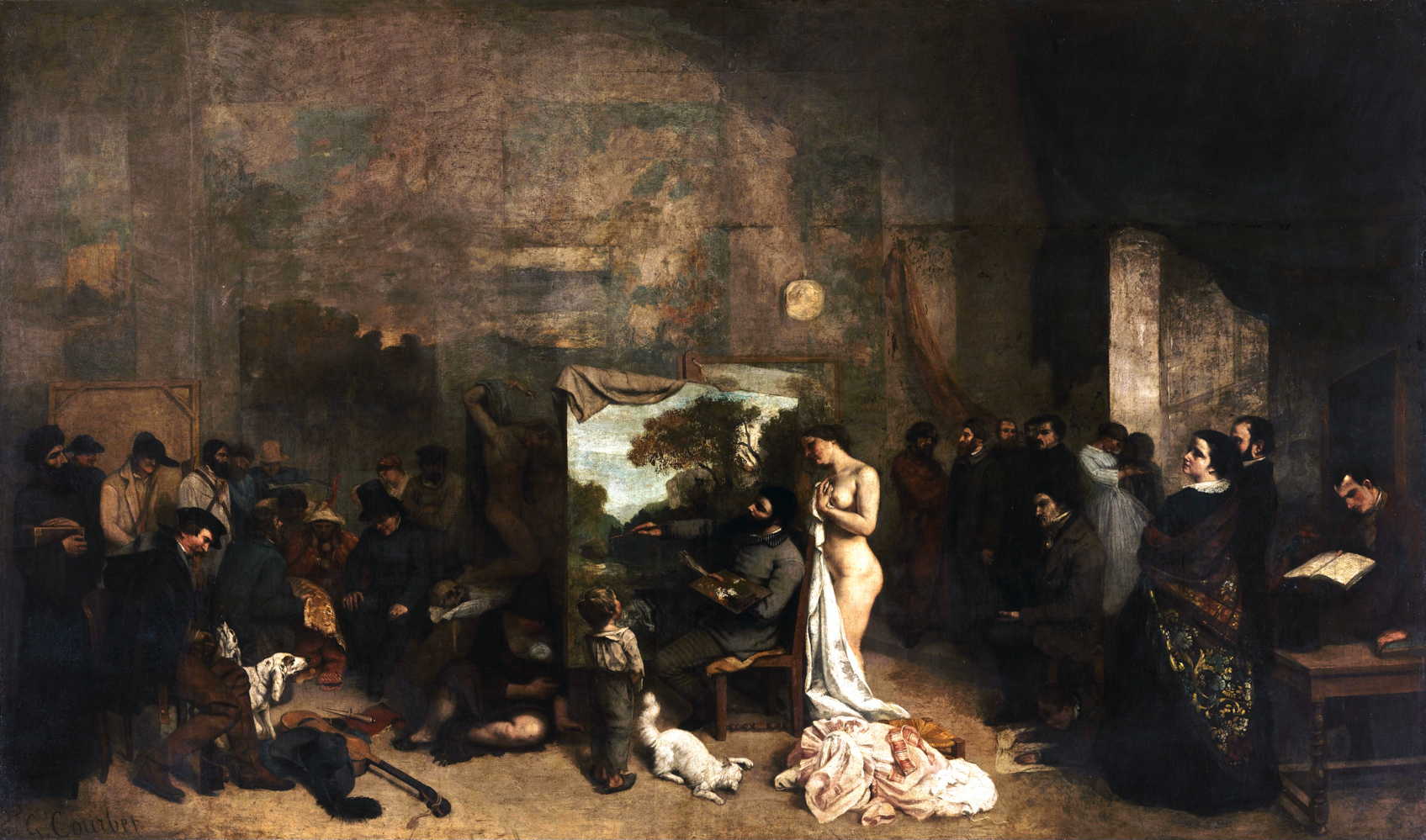
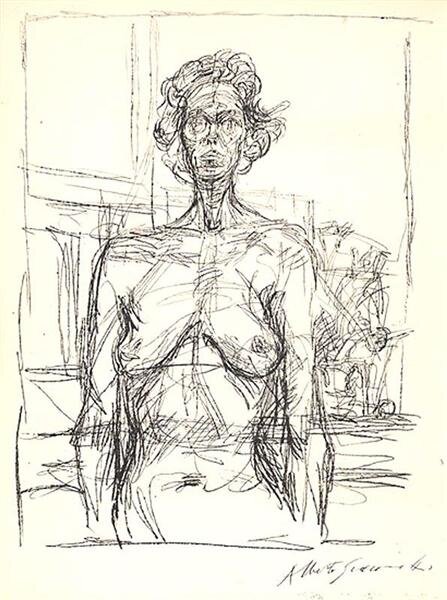
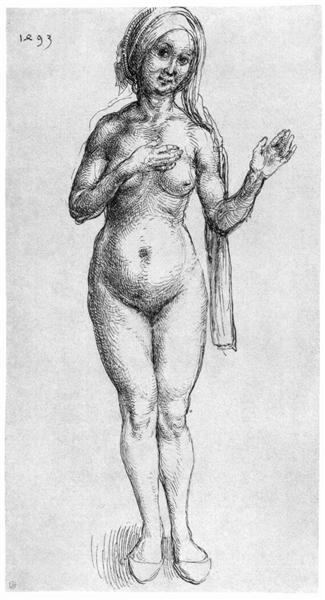
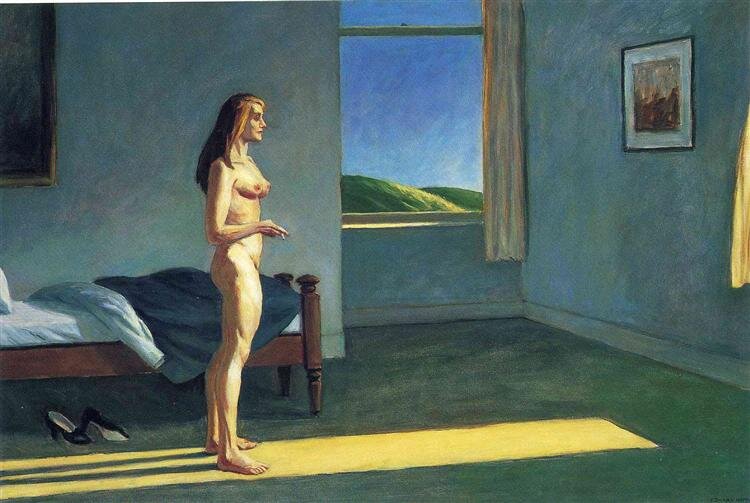
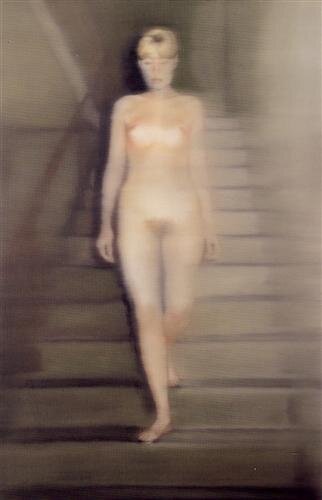
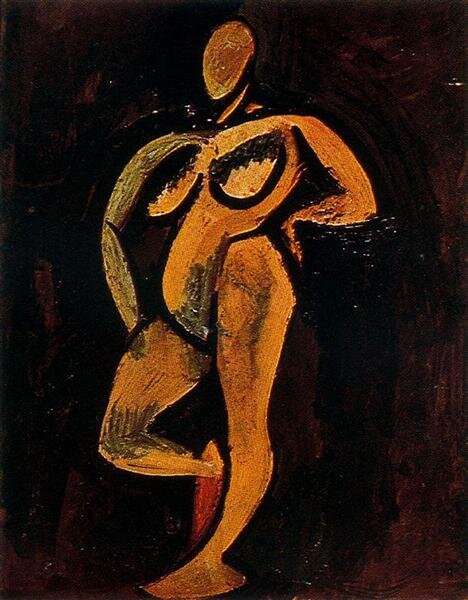
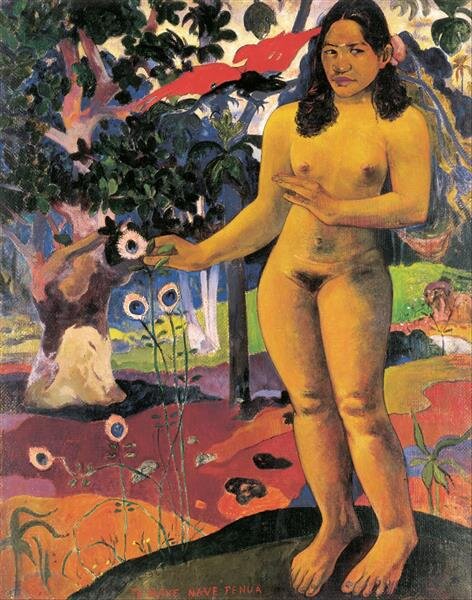
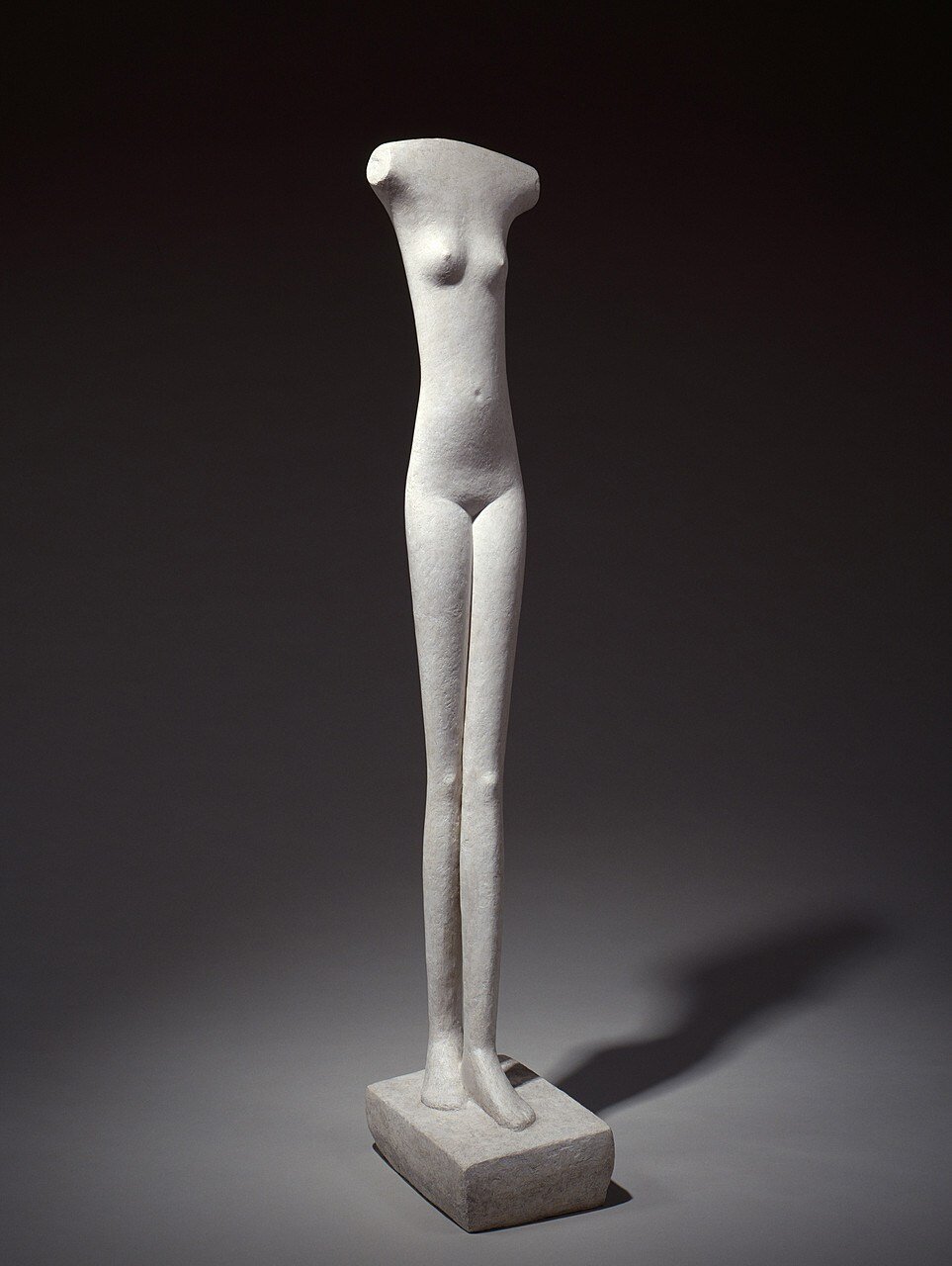
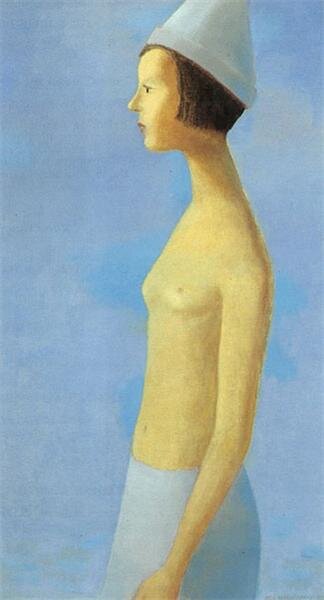
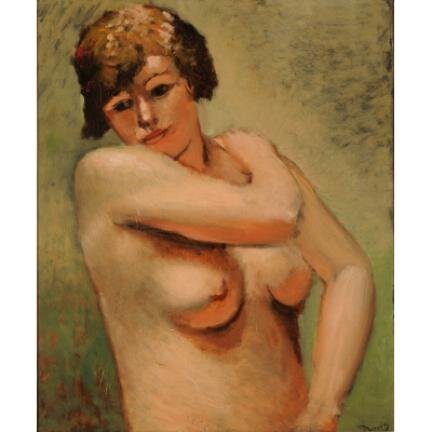

Musee des Beaux Arts de Montreal
James Wilson Morrice
Montreal 1865 – Tunis 1924
About 1911
Oil on canvas
81.2 x 54.5 cm
F. Eleanore Morrice Bequest, inv. 1981.65
In 1911, Morrice shocked the critics with a nude, and he told a friend of his fascination with the French painter Pierre Bonnard, whose recent works he had seen at Galerie Bernheim-Jeune in Paris. Three studies are known of a completely nude young blonde woman seen from the back – recalling nudes by the French painter – as well as this half-dressed frontal Nude with a Feather.

Musee des Beaux Arts de Montreal
Aristide Maillol
Banyuls-sur-Mer, France, 1861 – Perpignan, France, 1944
Torso of a Young Woman
1935
Bronze, 1/1
97 x 32.5 x 27.8 cm
Cast Alexis Rudier, Paris
Purchase, inv. 1949.1016
Maillol was born in the countryside and loved the land, endlessly depicting it. He was trained as a painter and learned from the Nabis how to simplify planes. He aimed at purity of line. As his eyesight began to fail around the turn of the century, he devoted himself almost exclusively to sculpture. His work in that field embodies the “return to style,” the revival of a classical quality. Critics often compared Maillol to Rodin: the one tormented, the other calm, and yet both modellers, lovers of the female body and admirers of ancient Greek sculpture. However, where Rodin fragmented his shapes, contorting and varying them, Maillol constructed, stabilized and refined his material. Always working from the trunk outwards, he pruned the limbs, producing rounded, fruit-like, fecund shapes. There is no story behind the image: it is always the same high-breasted, round-hipped woman. This bronze is a single edition made under Maillol’s supervision after his plaster model of about 1932 (Indiana University Art Museum, Bloomington).
© Estate of Aristide Maillol / SOCAN (2020)

Regina José Galindo, 2010, Solomon R. Guggenheim Museum, New York Guggenheim UBS MAP Purchase Fund, 2014
MEDIUM: Digital color video, with sound, 17 min., 2 sec.
"This video, which documents a performance by the artist, is a meditation on human relations and perception. Regina José Galindo is shown completely nude and standing on a pedestal as if she were a sculpture. Though seemingly inviting of voyeurism, the tone of the work shifts dramatically as the gallery fills with an audience of blind people, who gradually begin to move their hands over the artist’s body with a mix of curiosity and mockery. Here, touch replaces sight as the primary way of knowing the world, and the work offers a metaphor for the revelatory capacity of art and the possibility of contact between subject and object, self and other."

Regina José Galindo, 2013, Solomon R. Guggenheim Museum, New York Guggenheim UBS MAP Purchase Fund, 2014
MEDIUM: Digital color video, with sound, 33 min., 30 sec
"In 2012, José Efraín Ríos Montt, the former President of Guatemala, was accused of genocide and crimes against humanity; Regina José Galindo’s video is a haunting reinterpretation of the atrocities recounted during his trial. Tierra begins with the artist standing naked in a verdant field, the tranquility of which is shattered by an earth-moving machine. Here, Galindo alludes to the incident in which innocent citizens were murdered and cold-heartedly buried in a bulldozer-dug mass grave. The stark contrast between the machine’s huge, armored bulk and the artist’s vulnerable body captures the injustice of Montt’s regime, while the abyss that grows around her serves as a poignant symbol of the despair and alienation born of political violence in general, and Montt’s post-conviction acquittal in particular."

Henri Matisse, 1909, Solomon R. Guggenheim Museum, New York

Joan Miro
1937; Paris, France
Joan Miró Foundation, Barcelona, Spain

Gustave Courbet, 1855

Paul Gauguin, 1892, Post-Impressionism, Ohara Museum of Art, Kurashiki, Japan

Alberto Giacometti, 1932, Plaster and iron wire, The Solomon R. Guggenheim Foundation Peggy Guggenheim Collection, Venice, 1976
"This sculpture is conceived in the rational and formally serene mode Alberto Giacometti pursued concurrently with his dark Surrealist explorations of the subconscious. Woman Walking has none of the ferocity of Woman with Her Throat Cut, though both works were executed during the same period. The graceful, calm plaster seems to have its source in the frontal figures of ancient Egypt, posed with left feet slightly ahead of right in fearless confrontation of death. Despite the pose, Woman Walking, like its Egyptian ancestors, conveys no sense of movement. The plane of the body is only slightly inflected by the projections of breasts, belly, and thighs. The long, thin legs are smooth, solid, and columnar. In its flatness, the work evokes the traditions of the highly simplified Cycladic figure and the geometric kouros of archaic Greece. Giacometti is known to have copied works of art at the Louvre, during his travels, and even from reproductions, showing a preference for models characterized by a high degree of stylization. Woman Walking also reflects Giacometti’s awareness of twentieth-century sculptors, particularly Constantin Brancusi and Alexander Archipenko.
Another plaster version of the sculpture, also probably dating from 1932 (formerly Collection Erica Brausen, London), is distinguished by a triangular cavity in the upper abdomen. The generalization and distortion of form in these works forecast Giacometti’s development of the elongated style for which he is best known." — Lucy Flint

André Derain, 1932-33, Gift of Herman H. Levy, McMaster Museum of Art
Dimensions: Overall: 63.5 x 50.9 cm (25 x 20 in.)
Medium: Oil on canvas